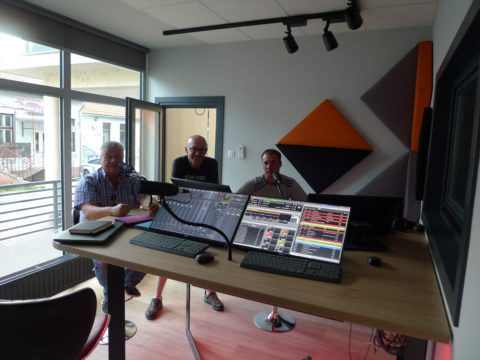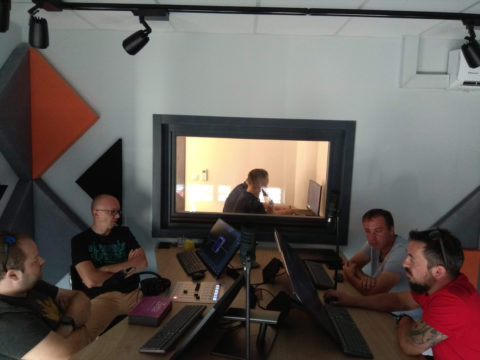Site Replication with Zetta makes coordinating multiple sites easy.

Friss FM, (or Fresh FM for the English-language speakers amongst you), is the largest Hungarian-language commercial radio station in Székelyudvarhely, which is in Covasna County, Romania. The station was launched in 2011 to fill a gap in the market. While there were already two Hungarian-language stations in Covasna County, neither of them targeted the same group as Fresh FM, which features young presenters playing contemporary music and vibrant programs. The emphasis is on more music and less talk.
Friss FM has partnered with Príma Rádió in Székelyudvarhely and (M)IX fm in Gyergyószentmiklós. They are airing the same programming, but with separated imaging content, local news and spots. The main studio in Székelyudvarhely, runs Zetta, GSelector and Aquira. The other two studios run entirely on Zetta.
Friss FM first became interested in RCS a few months ago, when they started preparation of the music database using a trial GSelector/Zetta standalone installation. They liked what they saw and heard, and decided to make their relationship with RCS permanent.
Zsolt Bottka headed up the installation team for RCS, and gives an overview of how the software works across three stations. ”GSelector is installed in the headquarters, and controls all the stations. They play the same schedule in three cities. We propagate the music schedule via S3 to the child stations and then we schedule the station’s specific links. (News intro with station id, stations specific link elements and kickoffs.) The three cities share most of the VTX positions, but for example, the news/traffic/weather info are local elements.”
”We have three separate Zetta systems in the three cities, playing back the localized program. The systems are connected with Site Replication. Each city is responsible for a different part of the day. We have Aquira installed in the HQ, scheduling for all three cities.”
As Bottka explains, the installation process for Friss FM was rather involved. ”We had the base system running for months during the preparation period. So, the initial install took a few hours, given it was a standalone system with only one machine. We also did some proof-of-concept testing in-house during this period, to be sure, that the planned setup would work and do the required functions. Once we got approval from the station management, we dug in and discovered there were technical issues regarding the internet connection at one site. We had about a week to migrate the standalone system to the final machines which involved also copying the audio files to the remote locations.”
And the second phase for the installation was the on-site time. This is when the rubber meets the road and all the fine-tuning takes place.
Reflecting on the installation, Bottka adds, ”This was our first client which relied so heavily on Site Replication to collaborate on the logs from different studios. It was nice to see it in action, and now I can say that it works well.”
He continues, ”It was also a challenge to figure out the needed settings and constructs for the GSelector scheduling section. I wanted to give the least possible extra work for the staff at the station, along with the most amount of flexibility. For example, using the same clock structure on all three GSelector stations, but handling the different flavors of the three playlists. We also worked a lot on creating a usable workflow for producing teasers/hook promos on the fly.”
